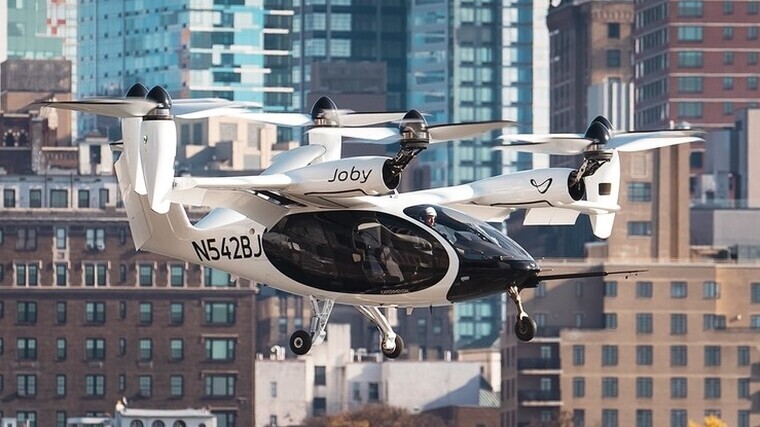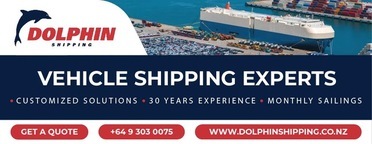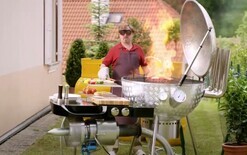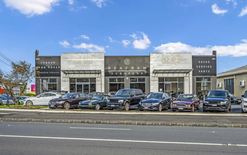Taking to the skies

Some of the car industry’s biggest companies have high hopes for diversifying their futures by taking to the skies.
Stellantis, Toyota, Hyundai and Mercedes-Benz have all invested in air-mobility start-ups, and they are almost at the stage where a fledgling sector could take off.
Electric vertical take-off and landing aircraft (eVTOLs) could be made in the thousands in factories underpinned with automotive mass-manufacturing expertise if companies’ ambitions are realised.
These aircraft could whisk passengers above congested urban roads at a cost about 20 to 30 per cent more than a comparable Uber Black ride, according to Hyundai.
The car company’s air-mobility subsidiary, Supernal, unveiled its S-A2 at CES 2024 in Las Vegas last month and it’s scheduled to begin service in 2028.
Days before that unveiling, Stellantis bought more Archer Aviation shares. Honda, long-running manufacturer of its Honda Jet, has its own internal eVTOL efforts afoot.
Dozens of such ventures are working toward lift-off in an electric aircraft industry valued at US$8.8 billion now and anticipated to expand at an annual rate of 20 per cent to US$37.2b by 2030, reports market-analysis firm PitchBook.
Many companies envision deploying thousands of aircraft into commercial service with a handful planning to launch as soon as 2025. For the likes Supernal, Joby Aviation and Archer, that’s where carmakers get into the scene.
Traditional aircraft manufacturers produce hundreds of units annually. Air-mobility start-ups want to utilise automotive expertise to speed up processes to make thousands of eVTOLs while maintaining aviation-grade standards, although regulatory uncertainties persist. And further questions about airspace and pilot licensing requirements also must be answered.
Toyota & Joby Aviation
Production capabilities are already happening in Toyota’s work with Joby Aviation.
The former has helped it to set up its first production line in Marina, California.
Joby plans to start building a factory capable of manufacturing 500 aircraft a year in Dayton, Ohio, this year. The factory is expected to begin production in 2025.
Toyota has invested about US$400 million in Joby. In April 2023, the marque signed a long-term agreement to supply key powertrain and actuation components for Joby’s eVTOLs, pictured above.
Joby has eyed New York as a potential first market and has reached an agreement with Helo Holdings to install electric-charging equipment at a heliport across the Hudson River in Kearney, New Jersey.
Stellantis & Archer Aviation
A manufacturing-centred partnership between these two companies could quickly pay off should the fledging industry find success.
Construction on a factory in Covington, Georgia is under way. The facility is expected to begin production in mid-2024 and eventually be capable of making as many as 650 aircraft per year. There’s space for expansion and a ramp-up to 2,300 units annually. Such an achievement would make the factory the world’s leading aircraft manufacturing facility by volume.
Stellantis’ employees are working with the Archer team on manufacturing and supply-chain planning, as well as adding engineering, facilities and quality-control expertise.
Archer secured US$215m in investment in August 2023, which included funding from Stellantis, Boeing and United Airlines. Two months later, Stellantis boosted its investment, and acquired more Archer stock in October and February.
Archer, meanwhile, has inked a partnership with NASA, which will help the start-up study high-performance battery cells, and conduct safety tests targeted for air mobility and space applications.
Hyundai & Supernal
Supernal’s V-tailed, tilt-rotor S-A2 aircraft is designed to carry a human pilot and four passengers while cruising at 193kph at an altitude well below that of jetliners.
The company, a wholly owned Hyundai subsidiary, plans to launch service by 2028 and expects a prototype to be ready for flight tests next year with pre-production testing in 2026-27.
Supernal will choose a factory site in the US for it and Los Angeles is a likely first market for flights because of its well-heeled customer base, notorious highway traffic and sprawling geography. Check out the February 2024 issue of Autofile to find out more.
Volocopter, Mercedes-Benz & Geely
Since first lifting off six years ago, German start-up Volocopter has tested its aircraft in major markets. The latest came in November with flight tests in New York and Tampa, Florida.
That’s all a prelude to an anticipated launch of s commercial service later this year when Volocopter intends to begin routes in Paris in time for the Olympics. But first, the company must complete the certification process with the EU Aviation Safety Agency.
Service would start with the VoloCity two-passenger aircraft. Volocopter eventually plans to add its VoloRegion longer-range passenger aircraft and a VoloDrone cargo craft capable of heavy lifting.
Volocopter has raised US$780.6m according to Crunchbase. That includes a US$30m investment from Mercedes-Benz in 2017. Zhejiang Geely Holding Group is also a lead investor.





